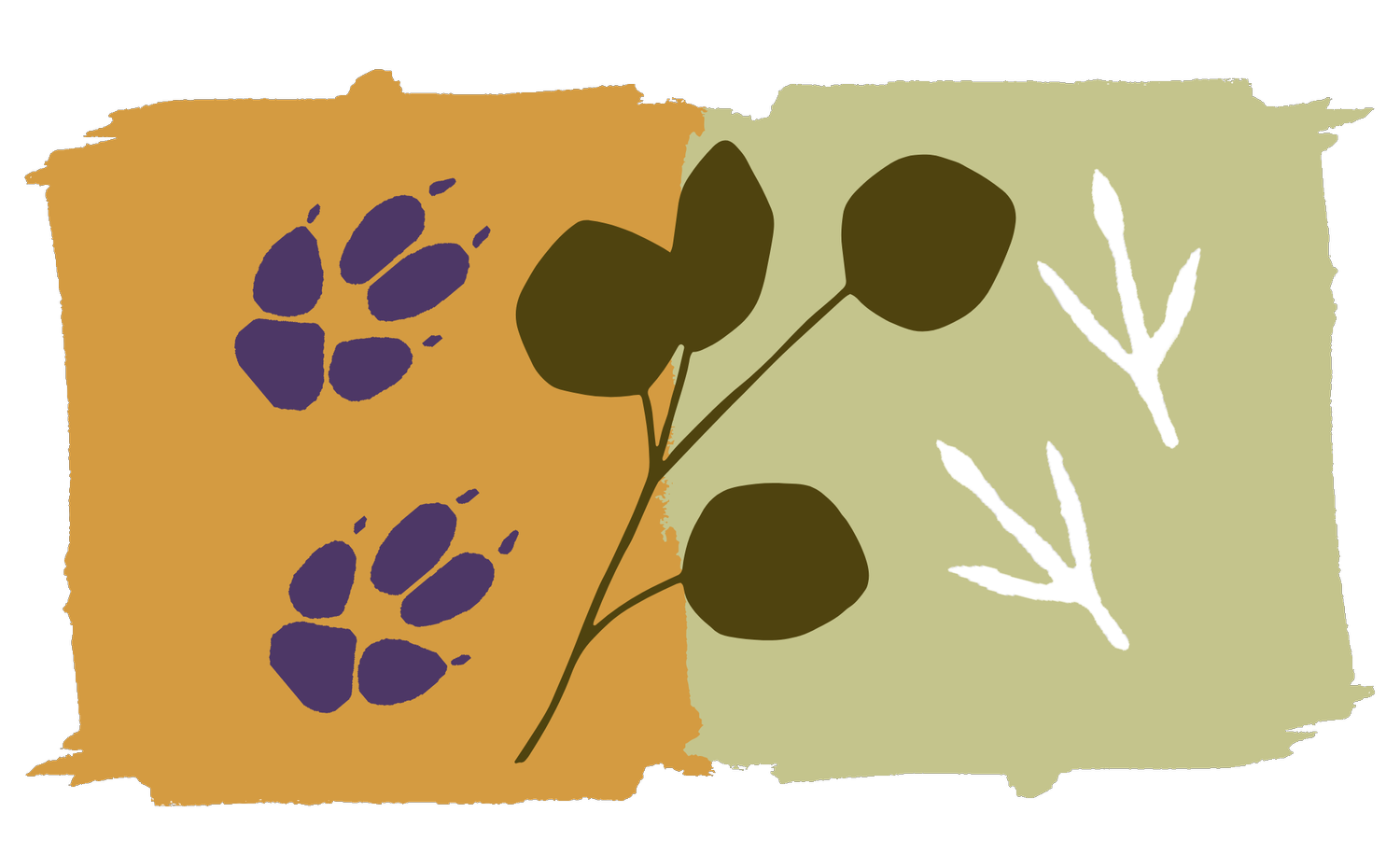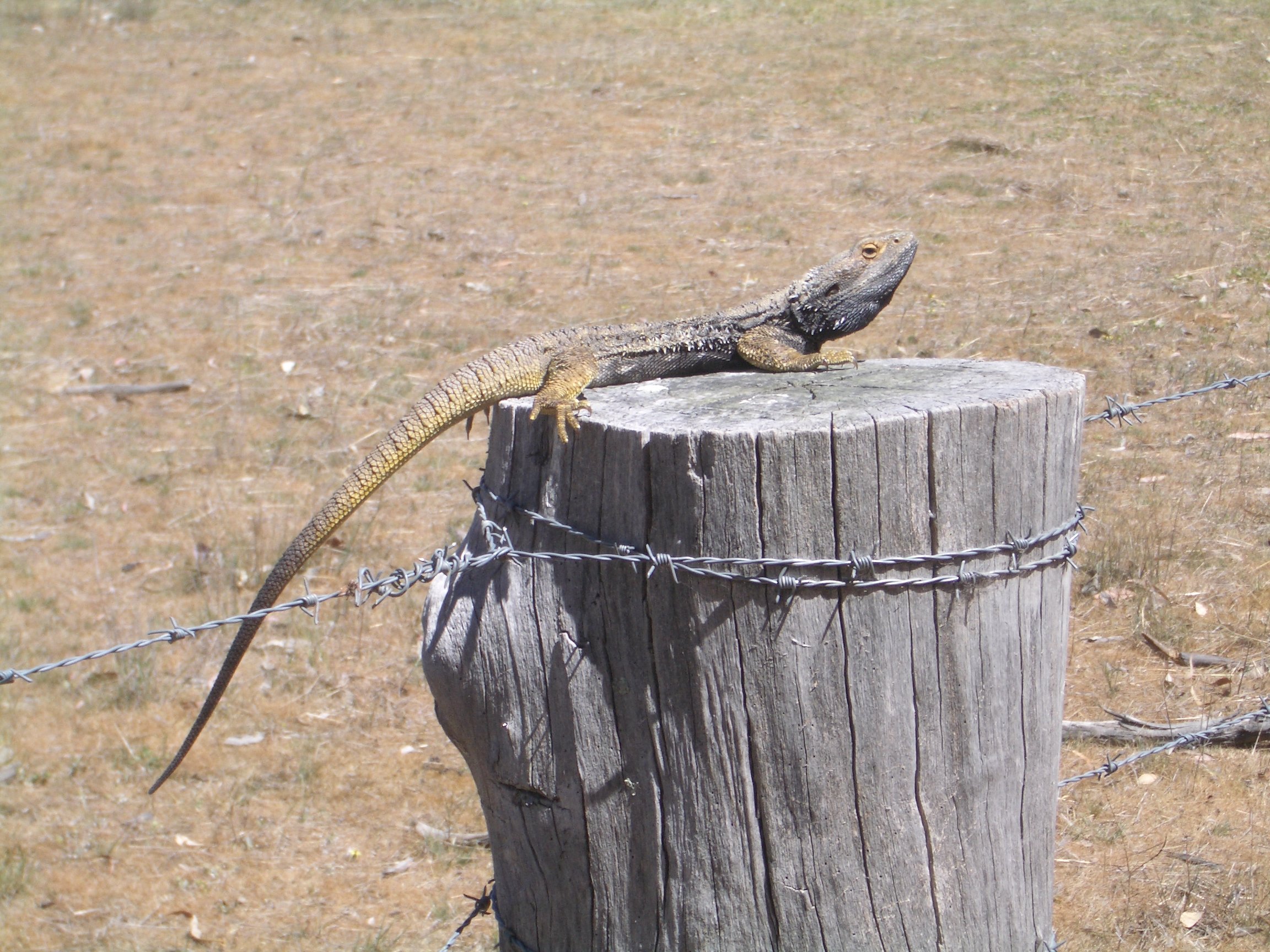
Reptile and frog diversity
It’s all connected
Reptiles can be a very useful indicator for measuring the effectiveness of restoration treatments, such as prescribed burns and efforts to mitigate or balance grazing pressure.
One landscape-scale experiment set across the Mulligans Flat and Goorooyarroo Nature Reserves across a period of 9 years found that the abundance and diversity of reptile species increased following the addition of coarse woody debris. Aside from the more obvious outcomes of added shelter and foraging substrate, vegetation structure and grazing pressure were shown to have a relationship with the influence of deadwood deposits on reptiles.
Homebodies
Conversely to how they benefit from restoration practices, reptile populations in grassy woodlands are among the first to be impacted when faced with the loss, fragmentation, and degradation of their habitat.
This is partly because they tend to be sedentary with low mobility. They also tend to forage and live in ground layer substrates and associated micro-habitats that are highly prone to the consequences of habitat degradation.
Surveys
Yearly surveys have been conducted since 2005 at the end of summer at 96 sites. This is done to detect adults as well as the young from the preceding spring/summer period.
Observers search substrates such as logs, rocks and bark. Scans are made with binoculars for basking reptiles. Amphibians are also recorded when found.




